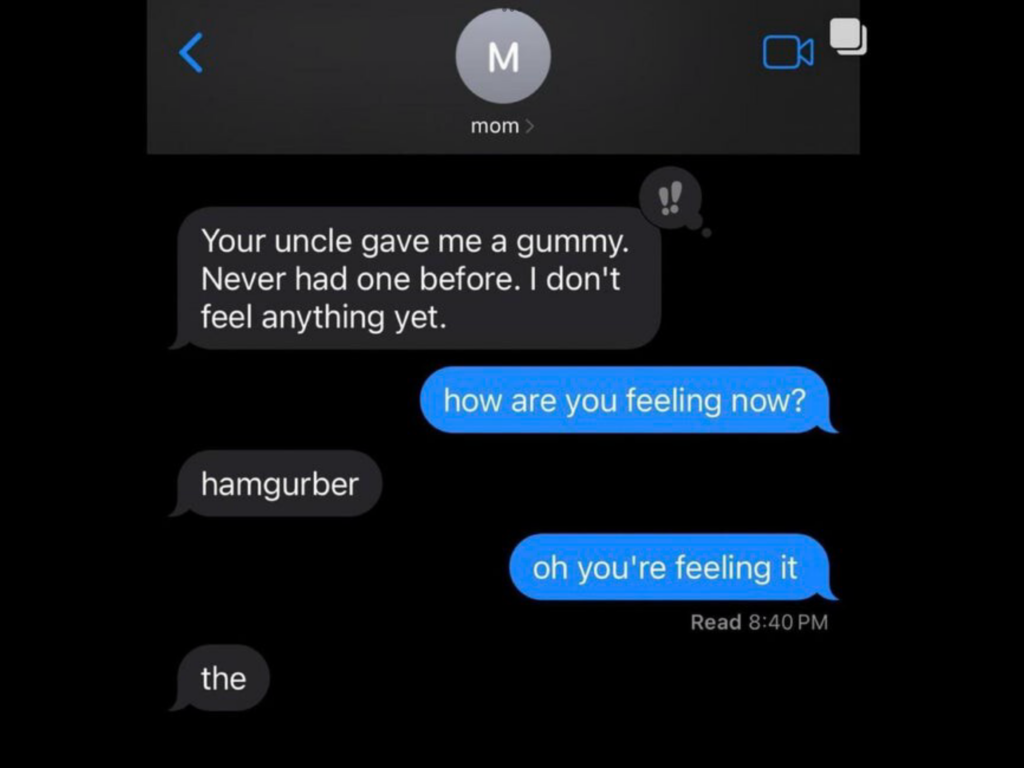
Has there ever been a time
when the sky was not split,
when the roads did not lead
somewhere burning?
When the birds did not carry
news of storms,
when the rivers did not pull
bodies,
when the clocks did not stutter
toward midnight?
When we did not stand,
one foot in dust,
one in fire,
and call it history?
Has there ever been a time
we declared all quiet,
on any front?
If so,
who remembers?
Who wrote it down?








